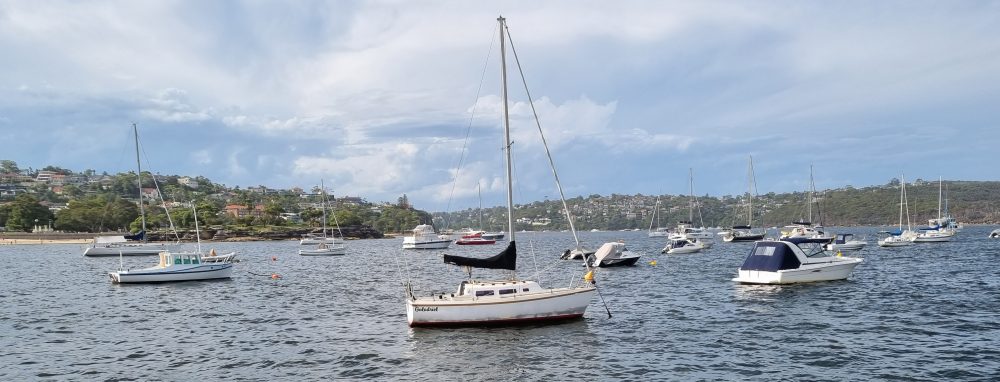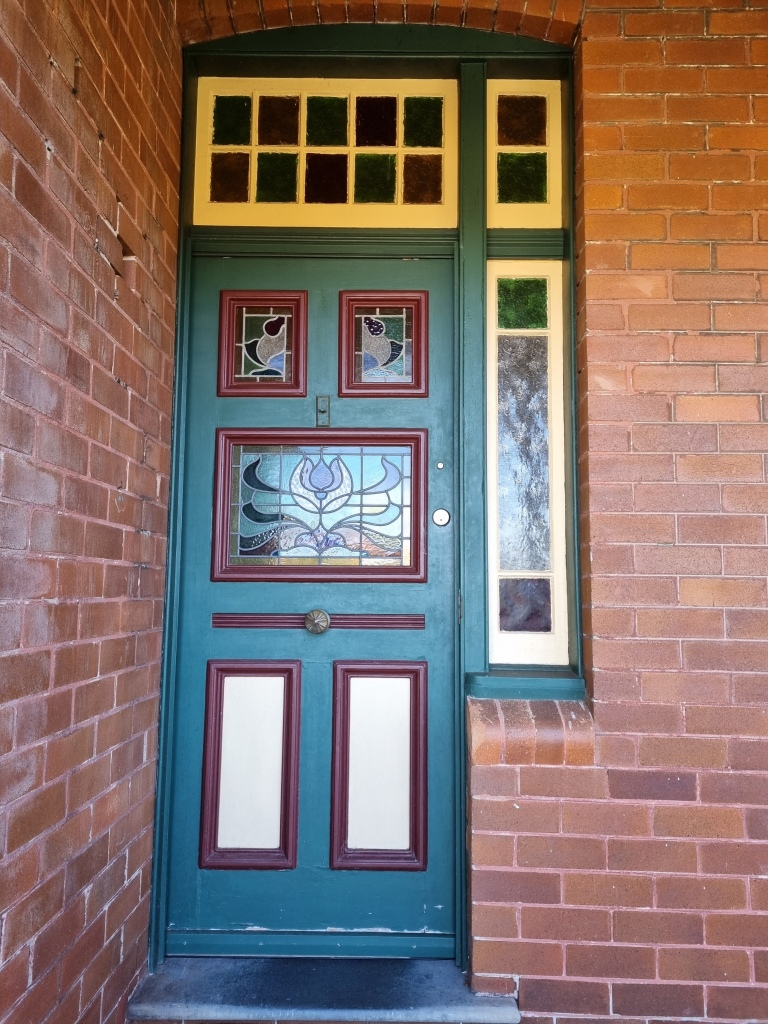It’s Sunday morning in Sydney. My weather app tells me there’s only a one per cent chance of rain today which, considering that much of Australia is still in the grip of a La Nina cycle, I guess I should be thankful for.
I have an almost pathological dislike of winter, not helped by living in a Federation house. These turn-of-the-century-era dwellings are the earliest manifestation of a vernacular Australian architecture, and they are quite distinctive. Ours has full-brick walls and high ceilings. It is wonderfully cool in summer, requiring little by way of artificial cooling. In winter, it turns into a fridge. We’ve done what we can to draught proof the place and, apart from layering up, we rely on an electric heater, throw rugs and blankets for warmth. We negotiate access to these lifesaving devices with our two cats.
I use a few mind tricks to get me through winter.
The first is to count down the days to the winter solstice: 16 as of today, woo hoo! From then on, I tell myself, the days will get longer. It doesn’t matter that they’ll get colder before they get warmer, the important thing is that summer is coming. Eventually.
Navel oranges. Compared to valencias, navels are juicy and sweet, and free of pips. We go through mountains of them in winter.
Red wine. Maybe it’s that reds work better with hearty food. Whatever it is, red wine always tastes better in winter. Lots of it.
Guavas and lemons. Since the felling of the neighbour’s 15-metre ‘weed’ whose canopy covered most of our back garden, our fruit trees have produced bountifully. There is nothing like the flavour imparted by a home-grown lemon stuffed inside the cavity of roast chicken. I can’t remember when last I priced a commercially available guava, but it wasn’t under a dollar a pop at the time. We have an informal agreement with the pests (birds, fruit fly) whereby they agree to focus on the fruit that we can’t get to, leaving the rest to us. We’re still finessing this agreement.
Truffles. During last year’s lockdown, we bought two of these black nuggets. Over the next 14 days, we had truffles with home-made pasta, truffles with boiled and scrambled eggs, truffles with lobster tails, truffles in risotto, you name it. You can never, ever get tired of truffles, trust me on this. With the local season only just having started, I’m holding off buying until the end of the month when the best will start coming through.
Travel. Now that Australian borders are open, I can leave whenever I wish. And what better time to go to Fiji than in July? Can’t wait!

